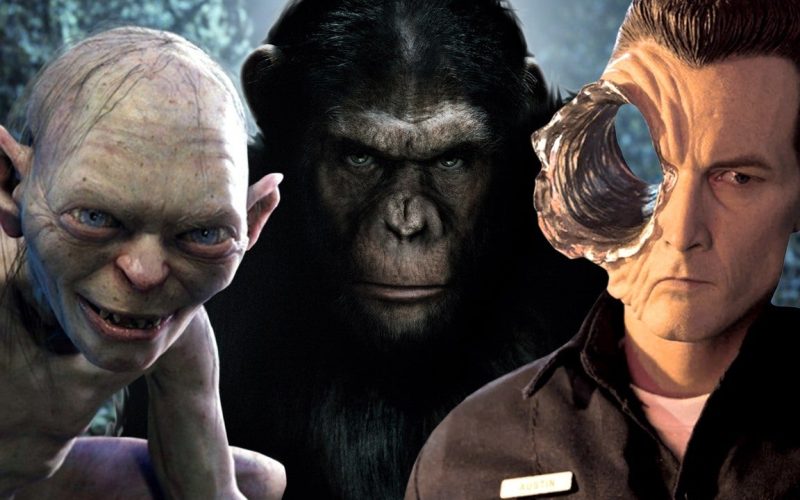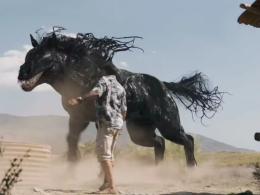Introduction
The film industry has always been at the forefront of technological innovation, constantly evolving to create more immersive and visually stunning experiences for audiences. One of the most significant advancements in recent years has been the integration of Artificial Intelligence (AI) in the realm of visual effects (VFX). This article delves into the transformative role of AI in enhancing visual effects in movies, exploring how it is revolutionizing the filmmaking process, the benefits it brings, and the challenges it poses.
The Evolution of Visual Effects in Cinema
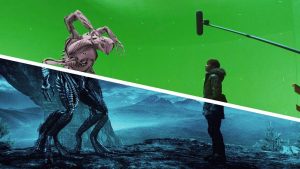
Visual effects have been a cornerstone of cinematic storytelling since the early days of film. From the practical effects of the silent era to the digital revolution of the late 20th century, VFX have continually pushed the boundaries of what is possible on screen. However, the advent of AI has introduced a new paradigm, offering unprecedented capabilities in creating, enhancing, and optimizing visual effects.
Understanding AI in Visual Effects

AI, at its core, involves the development of computer systems that can perform tasks typically requiring human intelligence. In the context of visual effects, AI encompasses a range of technologies, including machine learning, deep learning, and computer vision. These technologies enable computers to analyze and interpret visual data, learn from it, and generate realistic and complex visual effects.
-
Machine Learning and Deep Learning
Machine learning (ML) involves training algorithms on large datasets to recognize patterns and make predictions. In VFX, ML can be used to automate tasks such as rotoscoping, where objects are manually traced frame-by-frame. Deep learning, a subset of ML, uses neural networks with multiple layers to process data. This approach is particularly effective for tasks like image recognition and generation, which are crucial in creating realistic visual effects.
-
Computer Vision
Computer vision is a field of AI that enables machines to interpret and understand visual information from the world. In the context of VFX, computer vision can be used to track movement, recognize objects, and generate 3D models from 2D images. This technology is instrumental in creating effects that seamlessly integrate with live-action footage.
Applications of AI in Visual Effects

AI is being utilized in various stages of the VFX pipeline, from pre-production to post-production. Some of the key applications include:
-
Pre-Production
- Concept Art and Story boarding: AI-powered tools can generate concept art and storyboards based on script inputs, providing filmmakers with visual previews of scenes before production begins. This helps in planning and refining the visual narrative.
- Pre visualization: AI can assist in creating pre visualization (previs) sequences, which are rough versions of scenes that help directors and cinematographers plan shots and camera movements. AI algorithms can simulate lighting, physics, and character movements, offering a more accurate representation of the final scene.
-
Production
- Motion Capture and Performance Tracking: AI enhances motion capture technology by improving the accuracy and efficiency of tracking actors’ movements. Machine learning algorithms can analyze motion capture data in real-time, reducing the need for manual adjustments and allowing for more natural and expressive performances.
- Virtual Production: AI-powered virtual production techniques enable filmmakers to create and manipulate digital environments in real-time. This allows for greater flexibility on set, as directors can visualize and adjust scenes on the fly, leading to more dynamic and creative storytelling.
-
Post-Production
- Rotoscoping and Compositing: Rotoscoping, the process of manually tracing objects in footage, is one of the most labor intensive tasks in VFX. AI algorithms can automate this process by accurately identifying and isolating objects, significantly reducing the time and effort required. Similarly, AI can enhance compositing by seamlessly integrating digital elements with live-action footage.
- Image and Video Enhancement: AI-powered tools can enhance the quality of images and videos by removing noise, sharpening details, and improving color accuracy. These enhancements are particularly useful in restoring old footage or up scaling lower-resolution content to meet modern standards.
- Simulation and Animation: AI can generate realistic simulations of natural phenomena such as fire, water, and smoke, as well as complex character animations. By learning from vast datasets of real-world physics and motion, AI algorithms can produce highly realistic and dynamic effects.
Benefits of AI in Visual Effects

The integration of AI in visual effects offers numerous benefits, including:
-
Efficiency and Cost-Effectiveness
AI automates many labor intensive tasks, significantly reducing the time and cost associated with creating visual effects. This allows studios to allocate resources more efficiently and focus on creative aspects of filmmaking.
-
Enhanced Creativity
AI-powered tools provide filmmakers with new creative possibilities, enabling them to visualize and execute complex ideas that were previously unattainable. This leads to more innovative and visually stunning films.
-
Realism and Quality
AI algorithms can generate highly realistic visual effects that seamlessly blend with live-action footage. This enhances the overall quality of the film and provides audiences with a more immersive experience.
-
Accessibility
AI democratizes the VFX industry by making advanced tools and techniques more accessible to smaller studios and independent filmmakers. This fosters a more diverse and inclusive filmmaking landscape.
Challenges and Ethical Considerations
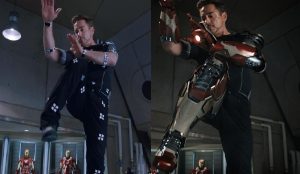
While AI offers numerous advantages, it also presents challenges and ethical considerations that must be addressed:
-
Job Displacement
The automation of VFX tasks raises concerns about job displacement for artists and technicians. It is essential to strike a balance between leveraging AI for efficiency and preserving employment opportunities within the industry.
-
Quality Control
AI-generated effects are only as good as the data they are trained on. Ensuring high-quality and diverse training datasets is crucial to avoid biases and inaccuracies in the final output.
-
Ethical Use
The use of AI in visual effects must be guided by ethical principles, particularly when it comes to creating realistic digital representations of people. Consent and transparency are paramount in preventing misuse and maintaining the integrity of the filmmaking process.
The Future of AI in Visual Effects
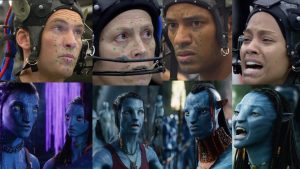
The role of AI in visual effects is poised to expand further as technology continues to advance. Future developments may include more sophisticated AI algorithms capable of generating entirely new forms of visual storytelling, as well as greater integration with other emerging technologies such as virtual reality (VR) and augmented reality (AR).
-
Collaborative Creativity
AI is likely to become a collaborative partner in the creative process, assisting filmmakers in exploring new ideas and pushing the boundaries of visual storytelling. This collaboration between human creativity and machine intelligence has the potential to redefine the art of filmmaking.
-
Personalized Experiences
AI can also enable personalized viewing experiences by tailoring visual effects to individual preferences. This could lead to interactive films where audiences have a more active role in shaping the narrative and visual elements.
-
Continuous Learning and Improvement
As AI algorithms continue to learn and improve, the quality and efficiency of visual effects will reach new heights. This ongoing evolution will ensure that the film industry remains at the cutting edge of technological innovation.
Conclusion
The integration of AI in visual effects is revolutionizing the film industry, offering unprecedented capabilities in creating, enhancing, and optimizing visual effects. By automating labor intensive tasks, enhancing creativity, and improving realism, AI is transforming the way films are made and experienced. However, it is essential to address the challenges and ethical considerations associated with AI to ensure its responsible and equitable use. As technology continues to advance, the future of AI in visual effects holds exciting possibilities, promising to elevate the art of filmmaking to new heights.






